Sadly, I am no longer in beautiful Bavaria, but I was fortunate enough to spend last weekend with two of my favorite people in southern Germany doing the route my parents took me on 20 years ago when I was a toddler.
“Sprechen Sie deutsch?”
“Nein…definitely nein.”
There’s no better way to be humbled than to realize that you can’t even walk into a store and complete a simple transaction because you don’t speak or understand a lick of the language. In this case, the German references from Rammstein and The Producers did me no help. Our roadtrip down to Germany began as expected with a few fiascos. Kirsten and I have encountered so many travel disasters (everything from losing each other in Italy to taking out my car’s brake light and bumper in Canada) that we have matching St. Christopher charms to attempt to bring us better luck. Possibly because I forgot my St. Christopher on this trip, we took off from the Netherlands 4 hours later than expected due to the Avis Rent-a-Car business changing locations without notifying clients on their website. After finally picking up our cute little Opel car in Arnhem, we (or Adam) drove nearly 9 hours straight down to the town of Füssen on the German border, where we then encountered our next dilemma of trying to find our hostel without a map or hint of directions whatsoever. Luckily, it all worked out and we had a place to sleep that night that was not in the car.
Füssen is a cute German town located 5K (3.1 miles) from the Austrian border. At 808 meters above sea level, it is the highest town of Bavaria, and the famous Hohenschwengau and Neuschwenstein castles are a 5 minute drive away. Bright and early the next morning, we trudged through the snow and chilly weather to spend the entire day exploring the famed castles and their surroundings. Schloss Hohenschwengau (literally: Castle of the High Swan County) was built by King Maximilian II of Bavaria on top of the remains of fortress Schwanstein. The royal family, including sons Ludwig and Otto, spent their summers here.
After King Maximilian’s death in 1864, Ludwig took over the throne at age 18, at first occupying his father’s room in Hohenschwangau before construction of his own castle Neuschwanstein began in 1869. Schloss Neuschwanstein (literally: New Swan Palace) was commissioned as a retreat for King Ludwig and as a homage to his friend, composer Richard Wagner. The castle is now an popular icon for Bavaria, having served as inspiration for Disney’s Sleeping Beauty Castle, and it currently hosts about 1.3 million visitors annually. Interestingly, the large castle is one of many architectural wonders of the world that is not yet completed. It was near completion in 1886 when King Ludwig was declared insane by the State Commission. Ludwig was taken to castle burg and found dead in Lake Starnberg. The exact circumstances remain a mystery, but there is speculation that the accusation of insanity was in response to Ludwig’s extravagant spending on his castle.
After short 30 minute guided tours of the interiors of both castles, we grabbed traditional German grub of shnitzel, knödel and pig knuckle from a nearby restaurant before hiking around the snow-covered trails surrounding the castles.
As stunning as the view from Marienbrücke was, we were still determined to find the spot where all of the famous “postcard” photos of Neuschwanstein were taken, so we kept on hiking. We walked close to four miles that day. About an hour later, we were up on a cliff where we got the following snapshots, just as the sun was beginning to set:
After a day of castles, we began our nearly two-day trek of driving the Romantic Road (Romantische Straße) north from its southern-most point of Füssen to its last stop in Würzburg. The Romantic Road was once a trade route during medieval days and is now a popular tourist route. Many of the towns on the route are ideal for sight-seeing, shopping, cultural festivals and active sporting holidays of cycling and hiking. During the winter, unfortunately, most of the towns shut down due to the cold weather and lack of tourists, which was nice in that we didn’t have to battle crowds or traffic, and we got to see the Romantic Road in a winter wonderland. Still, I am positive that a spring or fall visit would also be beneficial to take full advantage of what the Road has to offer.
We drove through all 28 listed cities on our map, only stopping in a few select towns.
Probably our favorite stop (besides Schwangau for its castles) was Rothenburg. We spent the night just outside of the city at a Best Western and were fortunate enough to arrive in time to take the Night Watch tour that evening. Rothenburg ob der Tauber is medieval walled city with iconic Town Hall and St. Jakob’s Lutheran Church.
As we learned from our tour, Rothenburg was a dirty middle ages town whose main source of entertainment was the occasional public execution after a 3 hour mandatory church service. Currently, it is a largely tourism-based town that is well preserved due to its strict building codes, including the requirement that all businesses must have metal signs, including McDonalds when a local branch was shortly open in Rothenburg.
Suzi Pratt is a Seattle event, food, and travel photographer available for hire. She is also a contributing writer at Digital Photography School and runs a blog teaching others how to start a photography business.

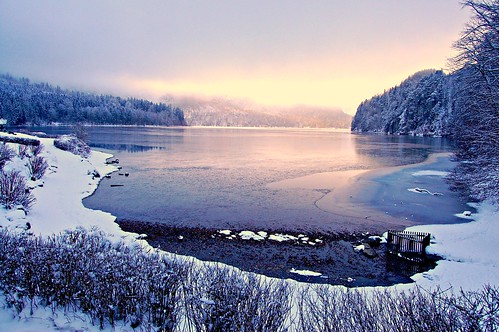


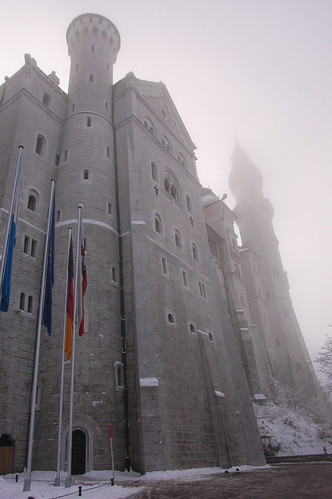
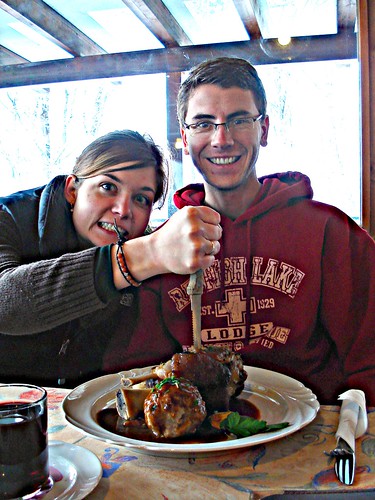

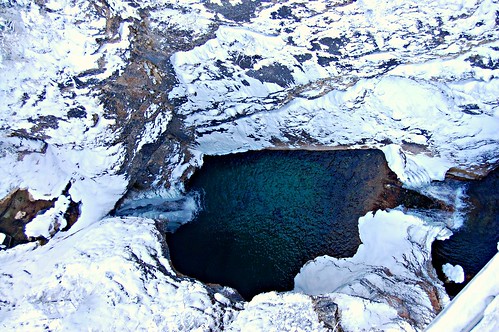
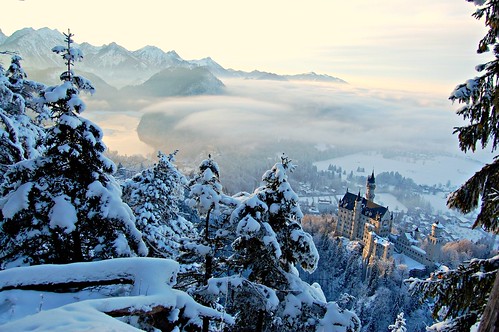
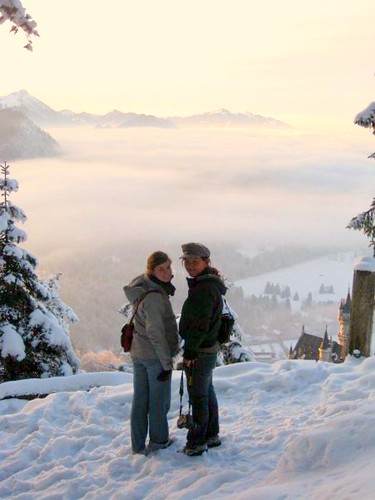
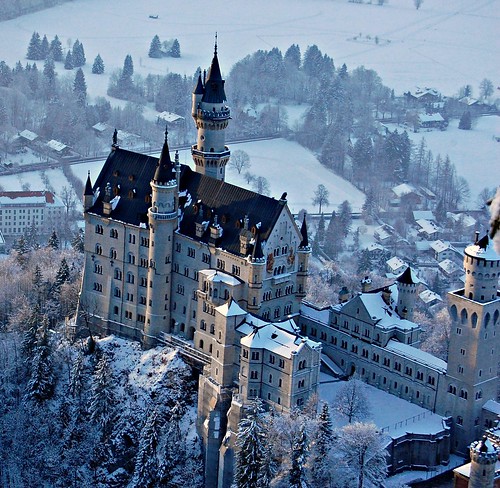
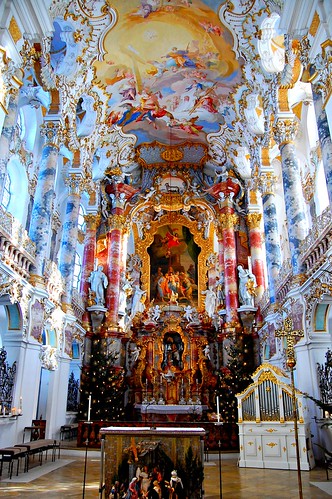

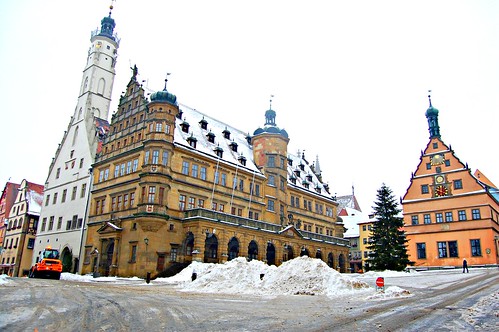

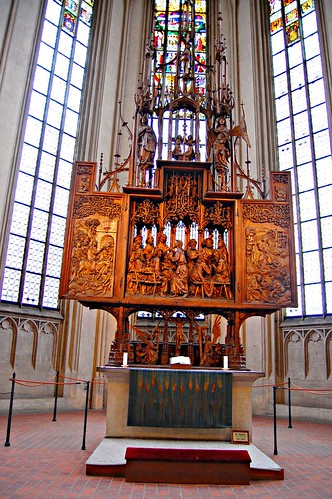

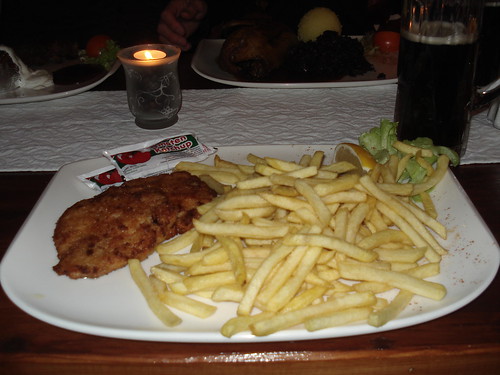
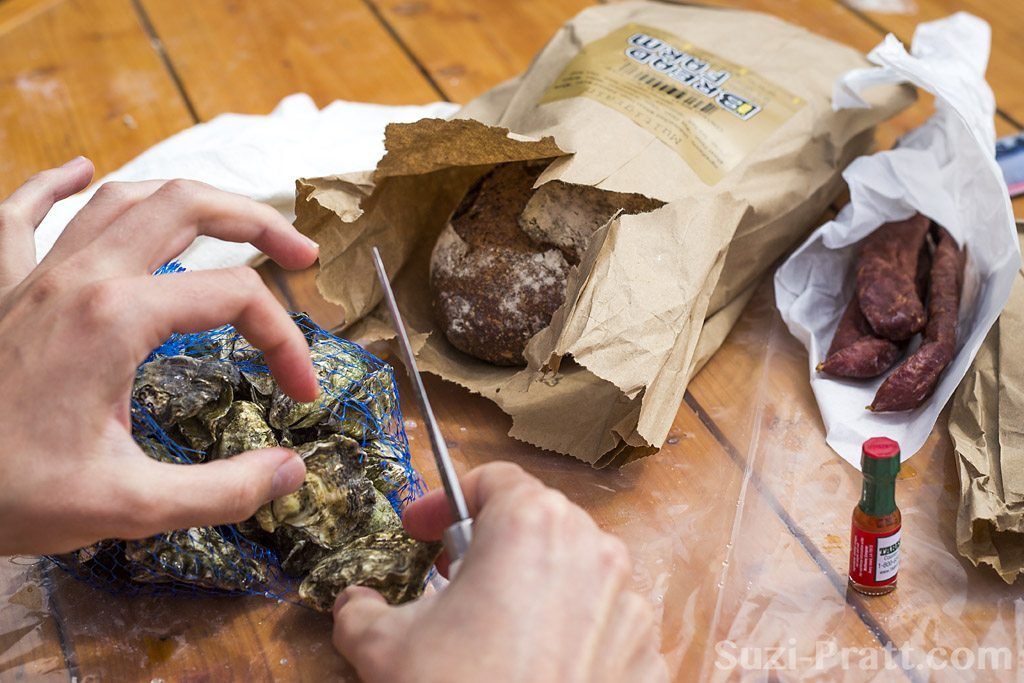
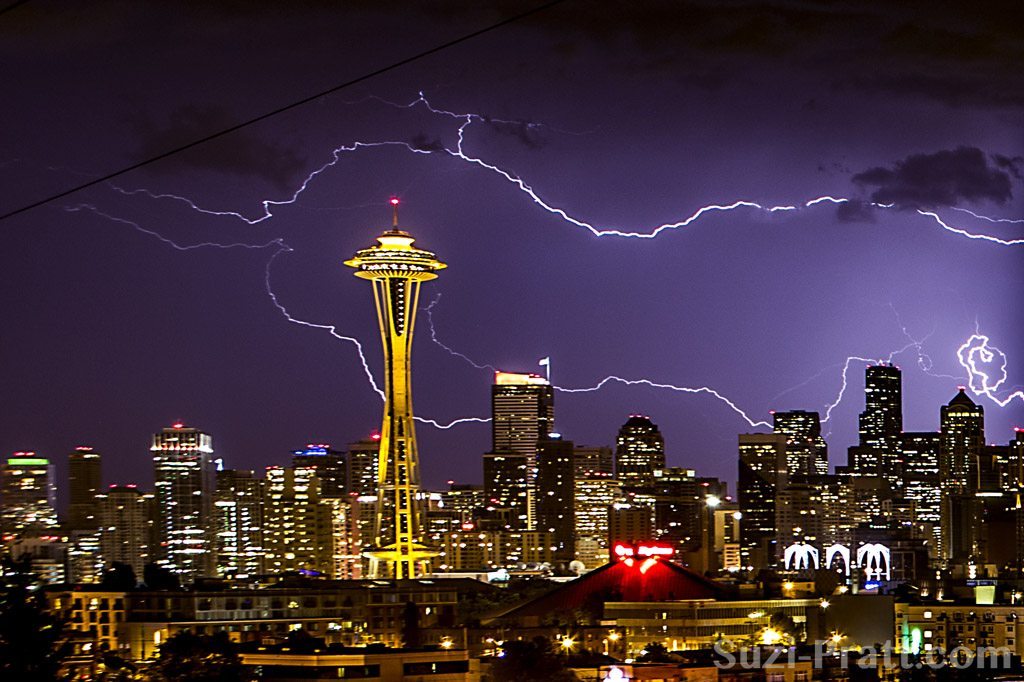
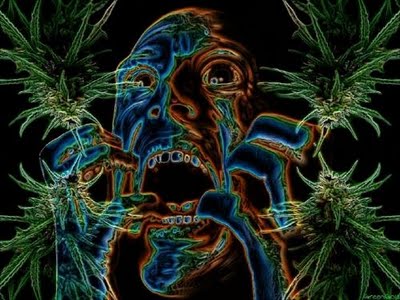
Nice article. Thanks !
Great write-up, I am regular visitor of one’s blog, maintain up the nice operate, and It’s going to be a regular visitor for a long time.